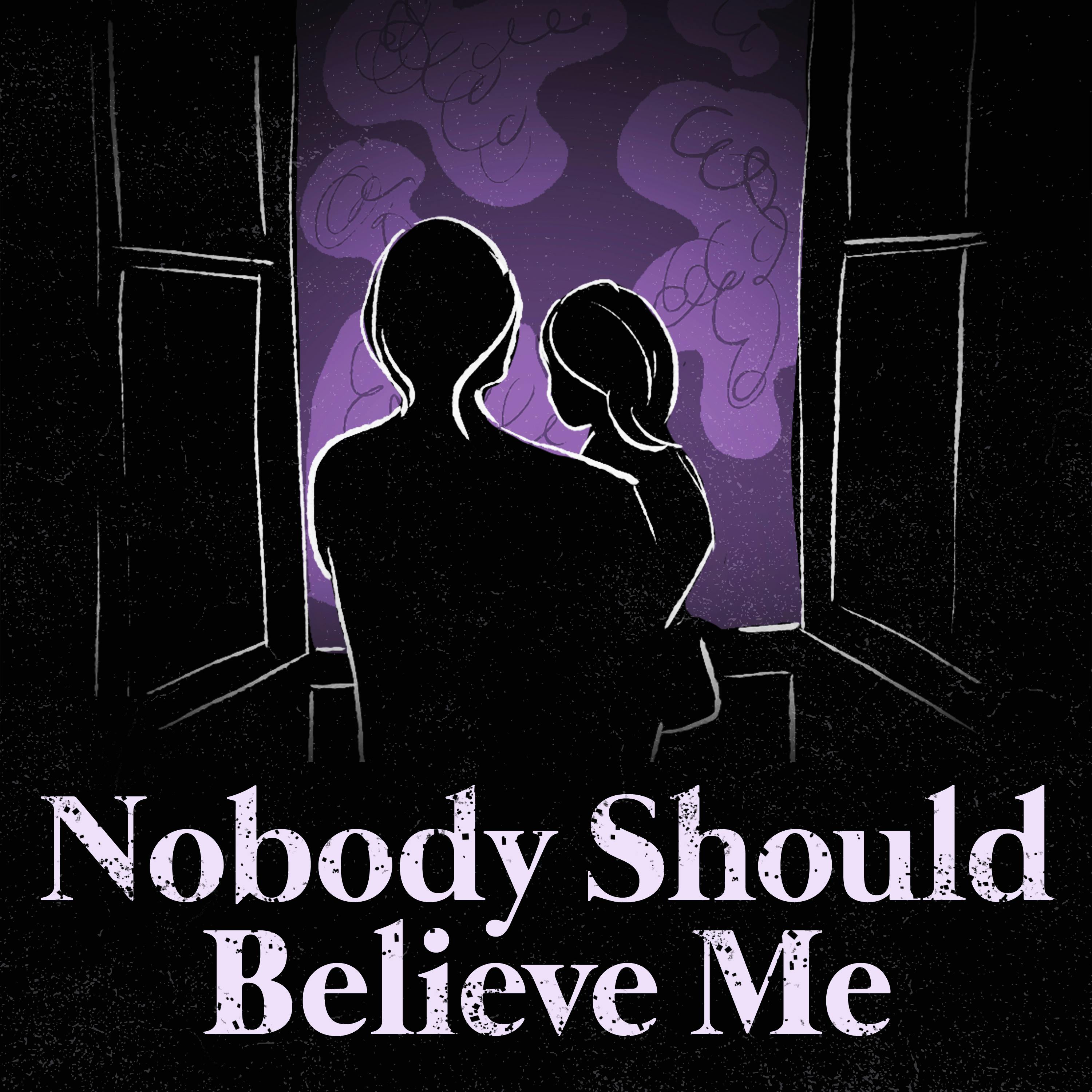
Revisiting Season 3: Shelter

Nobody Should Believe Me
Deep Dive
Why is the Kowalski v. Johns Hopkins All Children's case significant?
The case could set a precedent for future parents' rights cases, especially given recent political shifts, and it highlights the impact of media coverage on child abuse cases.
What is the main argument of the Netflix documentary 'Take Care of Maya'?
The documentary suggests that Beata Kowalski was falsely accused of medical child abuse and that this false accusation led to her death, implying a broader issue of false accusations in the medical field.
What is the actual epidemic regarding medical child abuse in the U.S.?
The actual epidemic is underreporting of medical child abuse, where offenders are not held accountable, contrary to the documentary's suggestion of a false accusation menace.
What is the role of doctors in reporting suspicions of abuse?
Doctors are legally required to report reasonable suspicions of abuse, not evidence, and they are immune if done in good faith, even if the report turns out to be incorrect.
Why might doctors hesitate to report suspicions of abuse due to media coverage?
Media coverage can vilify doctors, reducing their incentive to report, which could lead to continued abuse as cases may not come to light.
What is the significance of multiple reports of concerns about Beata Kowalski?
Multiple reports from different sources without communication suggest a pattern, pointing away from a single overzealous doctor and towards a broader issue.
What is the process for reporting and handling suspicions of medical child abuse?
A physician reports to DCF, who then involves a medical branch for further information and notes. The court, not the doctors, makes the final decision on sheltering the child.
Why was Beata Kowalski's behavior at Johns Hopkins considered suspicious?
She was described as pushy and insistent on specific treatments, particularly high-dose ketamine, which raised concerns about her daughter's well-being.
What were some of the concerning comments made by Beata Kowalski about her daughter's health?
She made comments about Maya's desire to go to heaven due to pain and suggested seeking hospice for enough ketamine to let her die, which were said in front of her daughter.
Why did Beata Kowalski request the 'terminal' designation on her daughter's prescription?
The exact reason is unclear, but it could be related to insurance coverage or permitting higher doses of pain medication, which is unusual for a non-terminal patient.
What are the qualifications of Dr. Anthony Kirkpatrick?
He is an anesthesiologist with expertise in treating CRPS using ketamine, but he is not board-certified in pediatrics or neurology and lacks experience in child abuse prevention.
What is the significance of Dr. Kirkpatrick's use of the term 'incarcerated' for Johns Hopkins Hospital?
His use of such strong language about a highly respected medical institution is notable and could indicate a bias or hyperbolic perspective on the case.
How did Beata Kowalski find out about Dr. Anthony Kirkpatrick?
She was recommended to him by a friend whose father had been treated by Dr. Kirkpatrick for Crohn's disease, suggesting a connection through her work as an infusion nurse.
What are the risks associated with the ketamine coma procedure?
The procedure has a 50% or higher risk of death and involves invasive measures like tracheal tubes and PICC lines, making it a last-resort treatment.
- Maya Kowalski's case is featured in the Netflix documentary 'Take Care of Maya'.
- The documentary suggests that Beata Kowalski was falsely accused of medical child abuse.
- The chapter highlights the implications of such cases on child abuse pediatricians and the broader medical community.
Shownotes Transcript
While the Nobody Should Believe Me team is hard at work on season 5, we’re revisiting the first episode of our third season, which covered the Kowalski v Johns Hopkins All Children's trial, also known as the Take Care of Maya Case.
Next week, we have a brand new miniseries coming to your ears, so stay tuned.
As the Maya Kowalski case heads to trial, we dig into the massive trove of documents about this case and begin to unpack what we know about what really happened during Maya Kowalski’s fateful stay at Johns Hopkins All Childrens in October 2016.
The Netflix documentary about the case—and the prevailing media narrative---would have you believe that Maya was ripped from her parents by a corrupt system, and that this could happen to any parent of a sick child. But did Maya really have a deadly disease for which she required the massive amounts of ketamine and other drugs she was being given? Was the hospital unfairly biased against Beata Kowalski because she was difficult, or was something more sinister at play?
We talk to national law enforcement expert on medical child abuse, Detective Mike Weber, as well as a Florida pediatrician who helps us unravel some of the myriad strange details about Maya’s medical history.
The beginning of our multi-part deep dive into the case reveals the shocking events that led up to the family separation.
Links/Resources:
Join Patreon for a look at Andrea and Dr. Bex’s previous coverage of the Kowalski case: https://www.patreon.com/collection/548199)
Preorder Andrea's new book The Mother Next Door: Medicine, Deception, and Munchausen by Proxy)
Click here) to view our sponsors. Remember that using our codes helps advertisers know you’re listening and helps us keep making the show!
Subscribe on YouTube) where we have full episodes and lots of bonus content.
Follow Andrea on Instagram for behind-the-scenes photos: @andreadunlop)
Buy Andrea's books here).
To support the show, go to Patreon.com/NobodyShouldBelieveMe) or subscribe on Apple Podcasts) where you can get all episodes early and ad-free and access exclusive ethical true crime bonus content.
For more information and resources on Munchausen by Proxy, please visit MunchausenSupport.com)
The American Professional Society on the Abuse of Children’s MBP Practice Guidelines can be downloaded here).
Learn more about your ad choices. Visit megaphone.fm/adchoices)